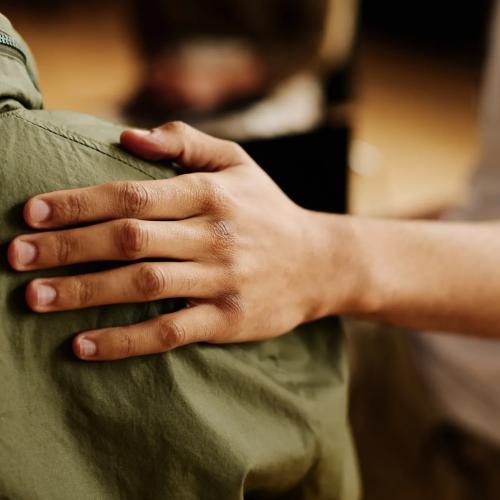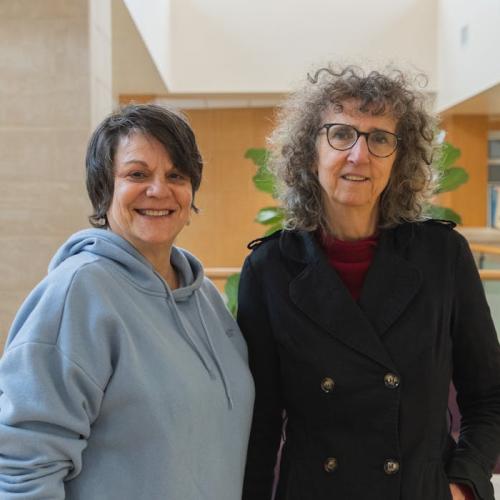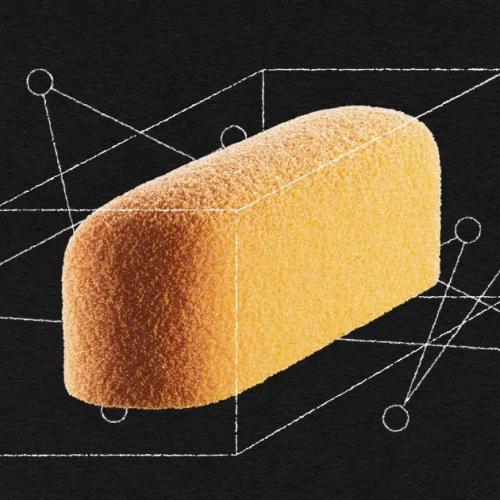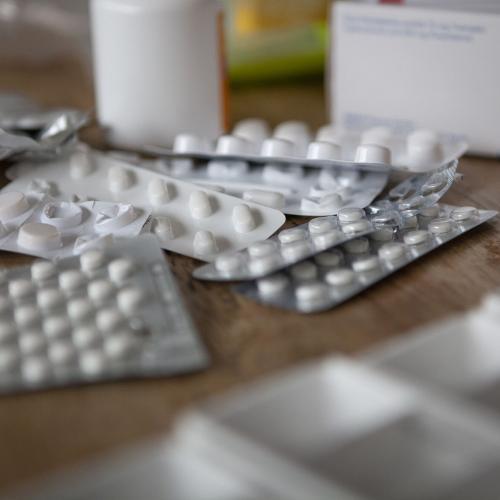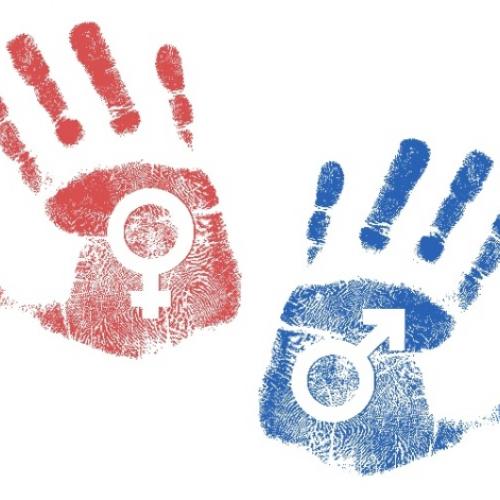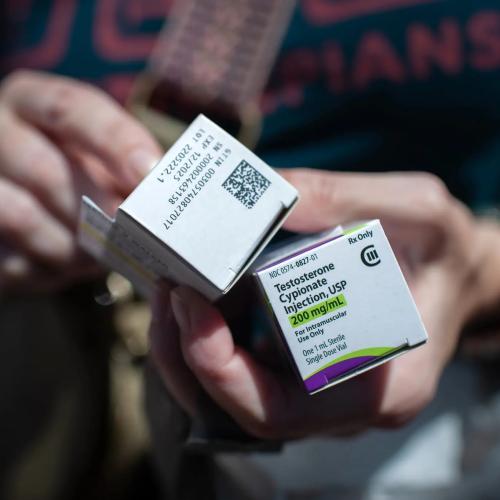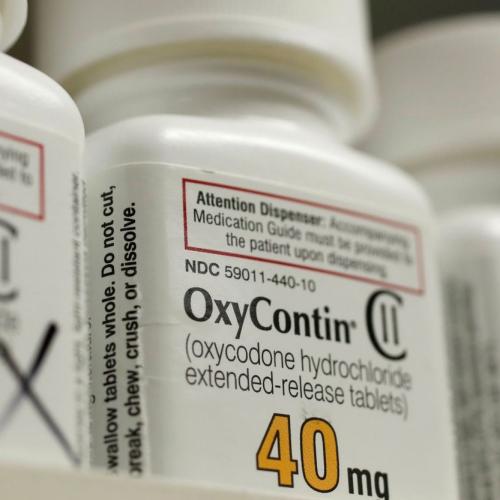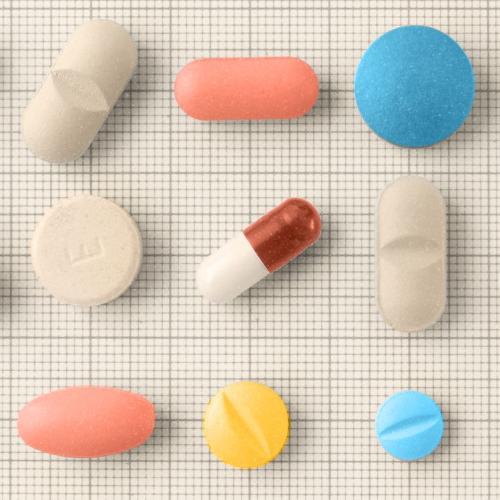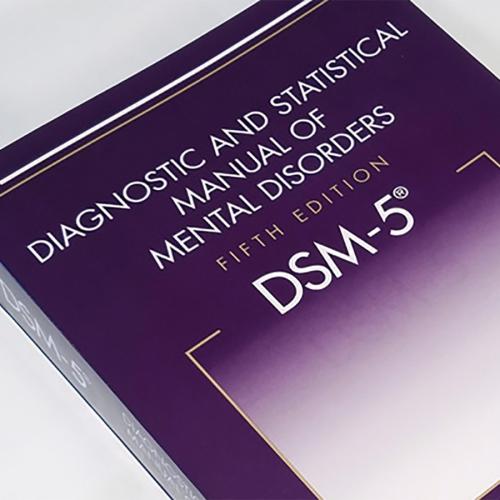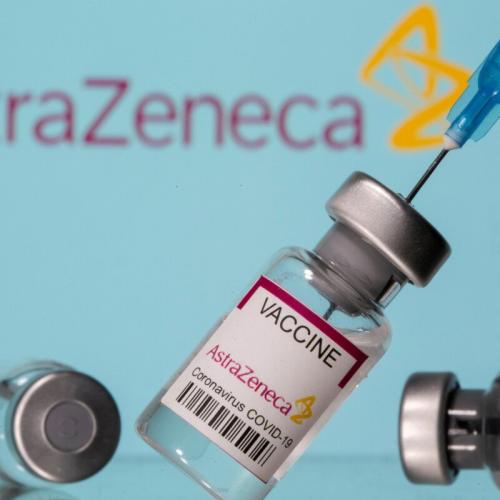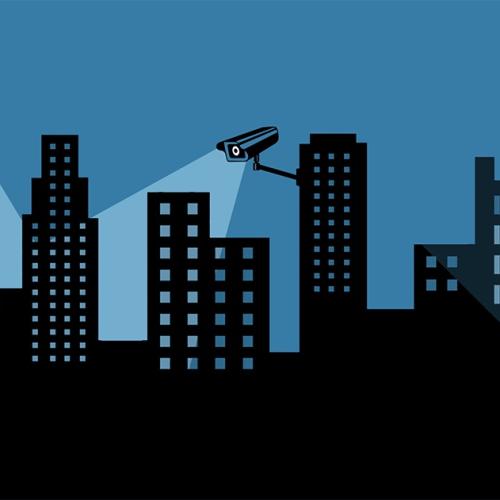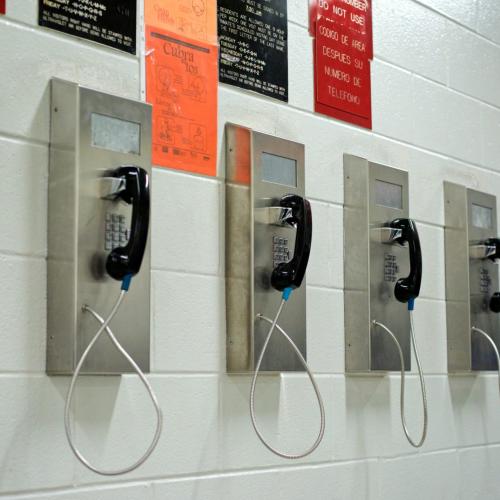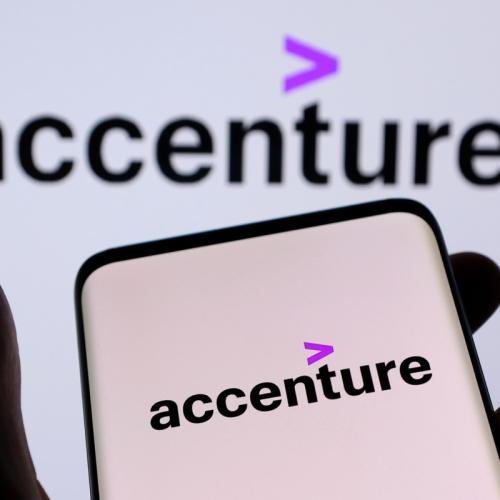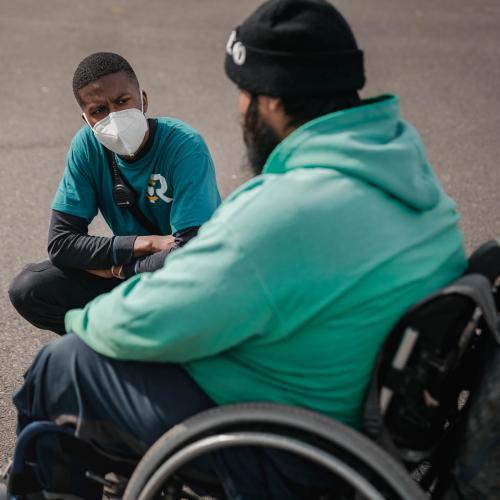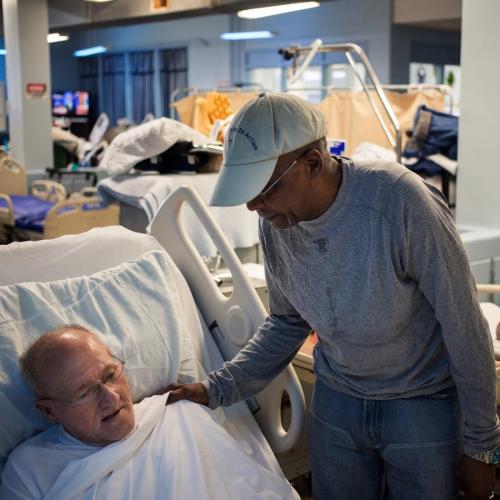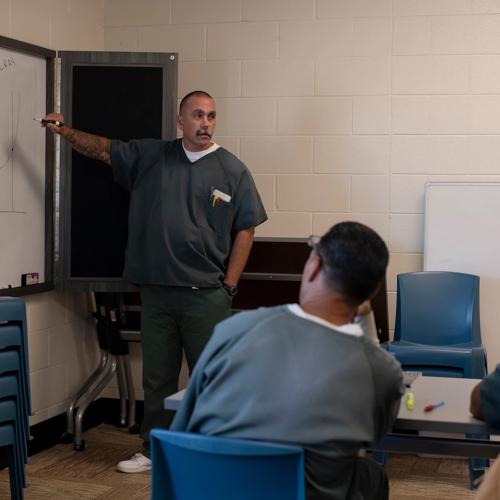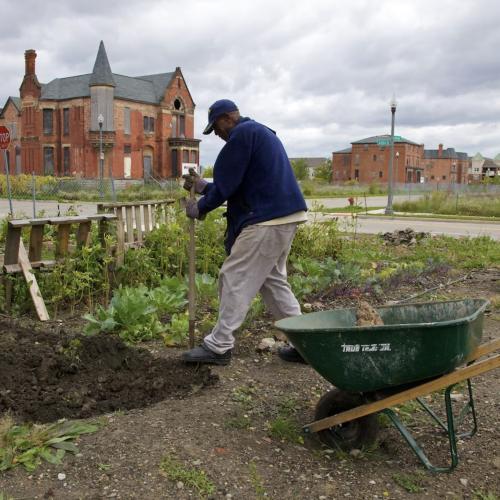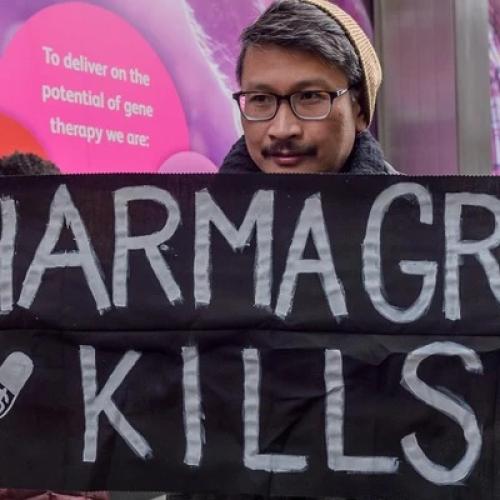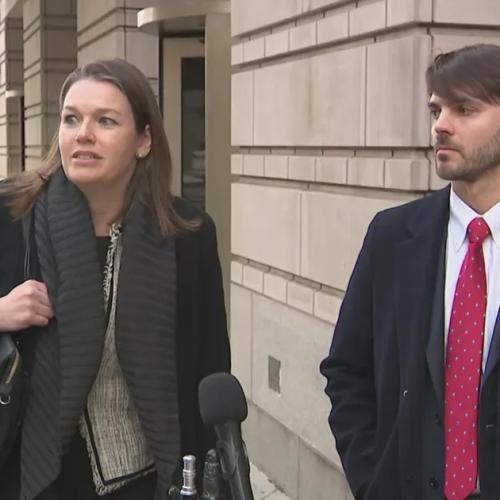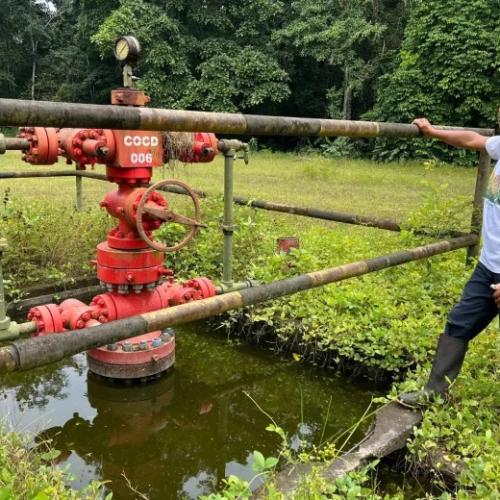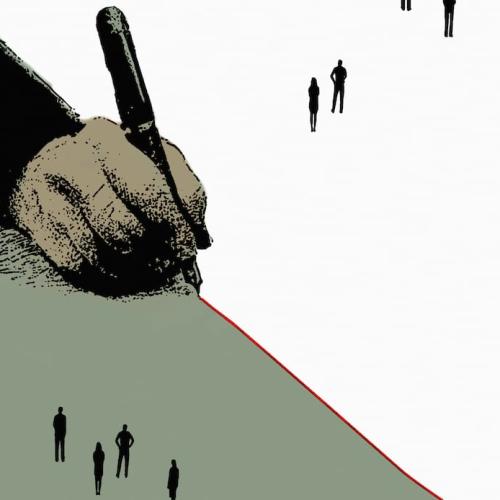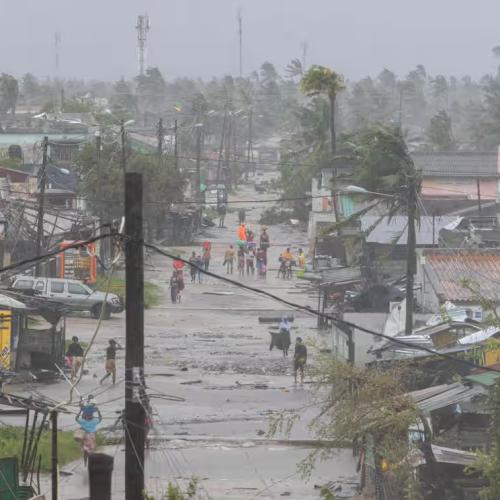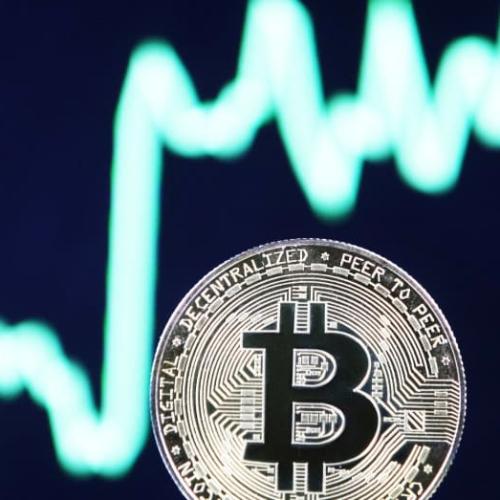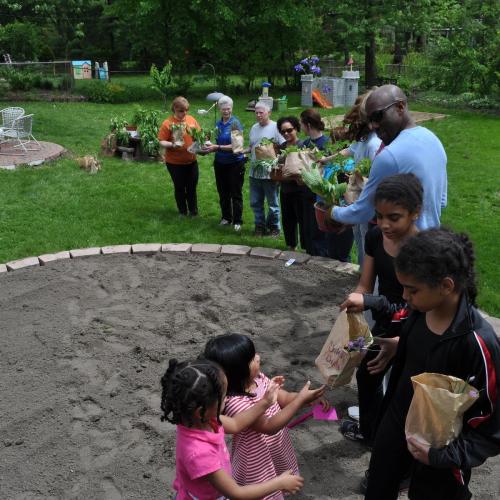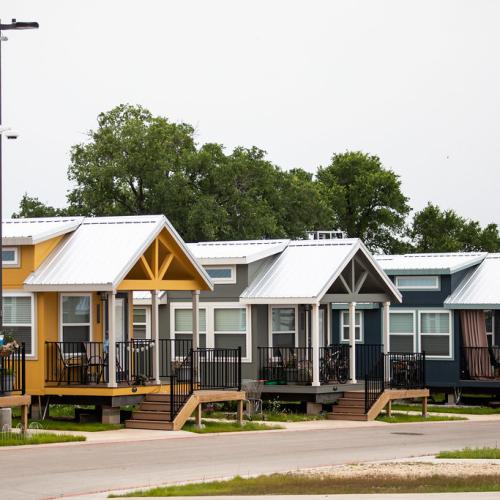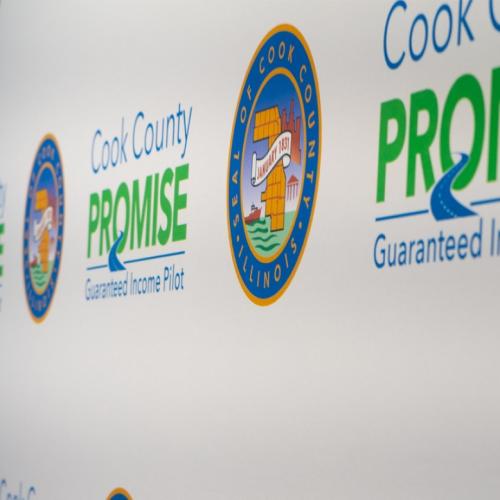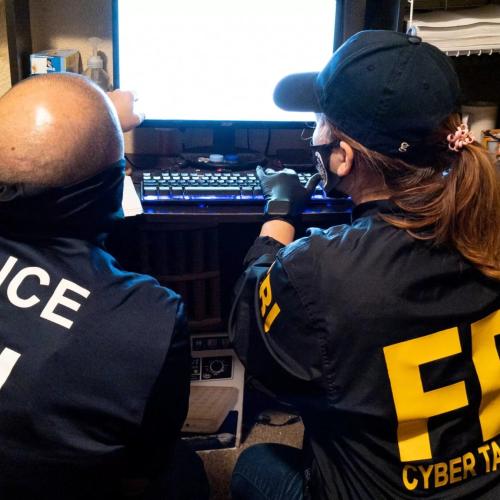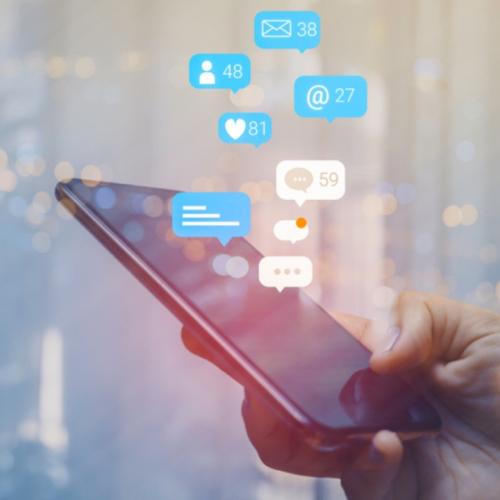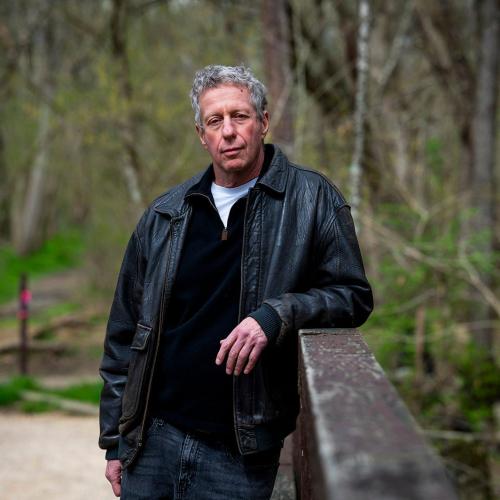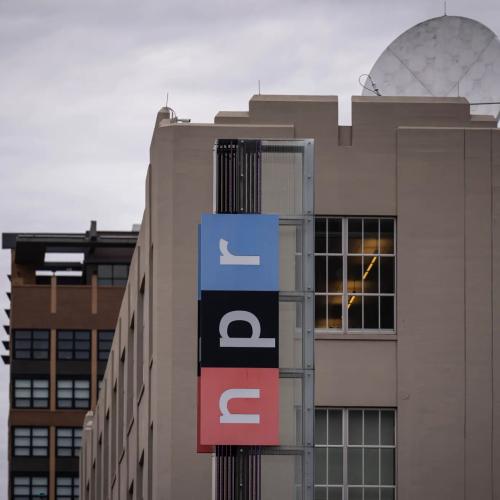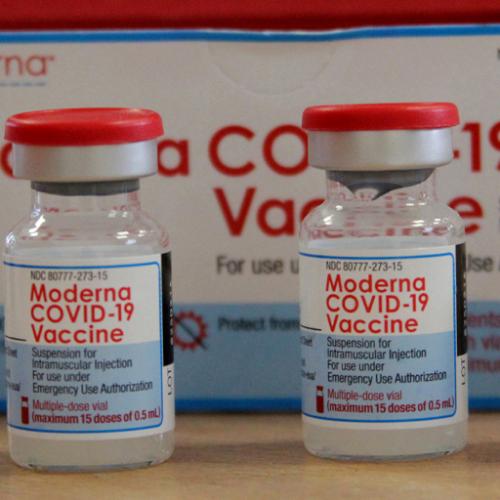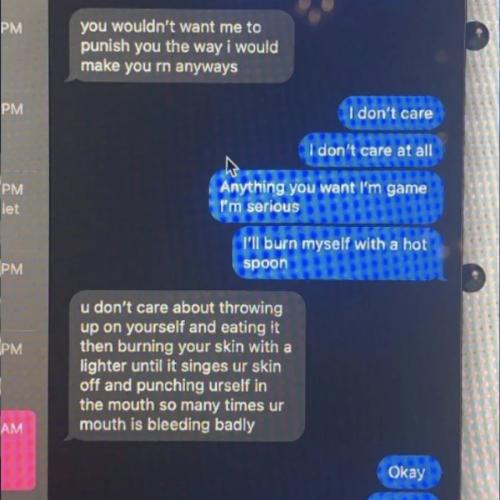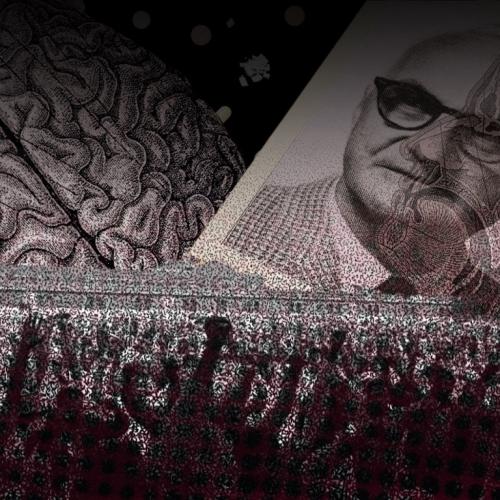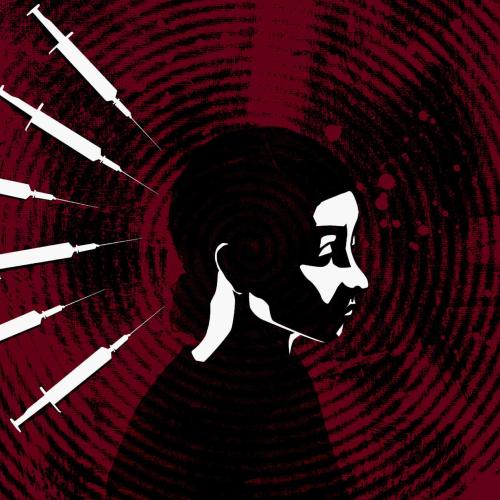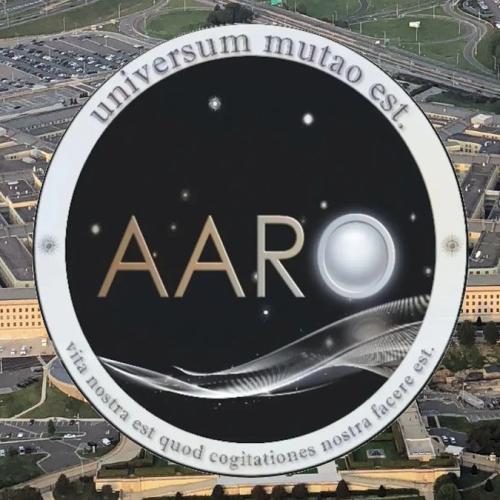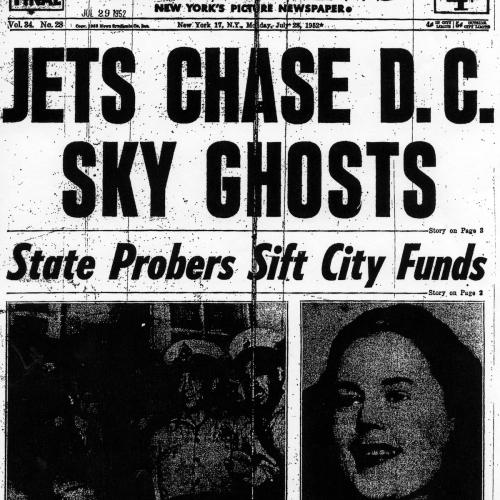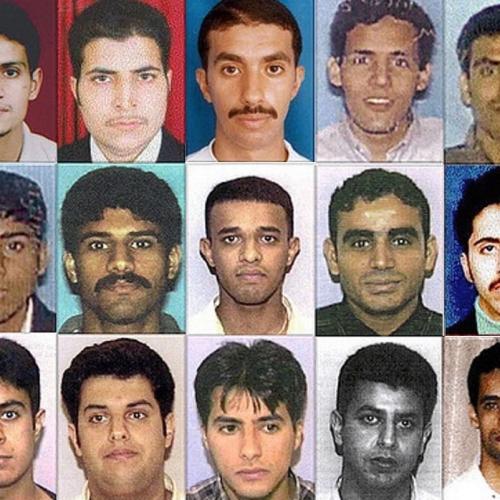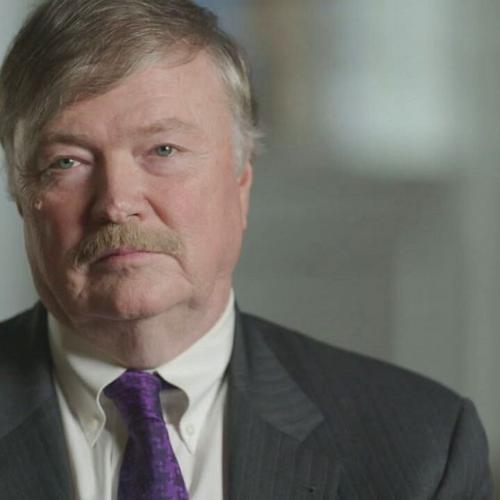Inspiring: Healing Our Bodies News Articles
Below are key excerpts of inspiring news articles on healing our minds and bodies from reliable news media sources. If any link fails to function, a paywall blocks full access, or the article is no longer available, try these digital tools.
For further exploration, delve into our Inspiration Center.
Patrick Burrichter did not think about saving lives or protecting the planet when he trained as a chef. But 25 years later he has focused his culinary skills on doing exactly that. On the outskirts of Berlin, Burrichter and his team cook for a dozen hospitals that offer patients a “planetary health” diet – one that is rich in plants and light in animals. Compared with the typical diet in Germany, known for its bratwurst sausage and doner kebab, the 13,000 meals they rustle up each day are better for the health of people and the planet. In Burrichter’s kitchen, the steaming vats of coconut milk dal and semolina dumpling stew need to be more than just cheap and healthy – they must taste so good that people ditch dietary habits built up over decades. The biggest challenge, says Burrichter, is replacing the meat in a traditional dish. Moderate amounts of meat can form part of a healthy diet, providing protein and key nutrients, but the average German eats twice as much as doctors advise. Patients on the wards of Waldfriede praise the choice of meals on offer. Martina Hermann, 75, says she has been inspired to cook more vegetables when she gets home. Followers of the planetary health diet need not abandon animal products altogether. The guidelines, which were proposed by 37 experts from the EAT-Lancet Commission in 2019, translate to eating meat once a week and fish twice a week, along with more wholegrains, nuts and legumes.
Note: Explore more positive stories like this in our comprehensive inspiring news articles archive focused on solutions and bridging divides.
A new peer-reviewed study shows that eating a completely organic diet - even for just one week - can dramatically reduce the presence of pesticide levels in people, a finding that was characterized as "groundbreaking" by critics of an industrial food system that relies heavily on synthetic toxins and chemicals to grow crops and raise livestock. The study ... found that switching to an organic diet significantly reduced the levels of synthetic pesticides found in all participants. "This study shows that organic works," said study co-author Kendra Klein, PhD. The study tested the urine of four diverse American families ... after eating their typical diet of conventional food for six days and then after a controlled diet of all organic food for six days. The pesticide and pesticide metabolite levels detected in participants dropped by an average 60.5 percent after just six days of eating the all-organic diet. Specifically, the testing showed significant reductions in pesticides associated in the past with increased risk of autism, cancers, autoimmune disorders, infertility, hormone disruption, Alzheimer's, and Parkinson's disease. "This important study shows how quickly we can rid our bodies of toxic pesticides by choosing organic," said [study co-author] Sharyle Patton. "Congratulations to the families who participated in the study and their willingness to tell their stories in support of creating a food system where organic is available to all."
Note: Watch an engaging video on this study at the link above. Explore a treasure trove of concise summaries of incredibly inspiring news articles which will inspire you to make a difference.
One of the most interesting health research projects of the past decade or so has looked at how exactly exercise makes us feel good. Research shows that there appears to be a clear scientific reason, that we can see at a cellular level. When muscles contract, they secrete chemicals into the bloodstream. Among these chemicals are myokines, which have been referred to as "hope molecules". These small proteins travel to the brain, cross the blood-brain barrier, and act as an antidepressant. They do this by improving our mood, our ability to learn, our capacity for locomotor activity, and protect the brain from the negative effects of ageing. This has been referred to as "muscle-brain cross-talk". They're also responsible for improved metabolism, reduced inflammation, and increased muscle strength. Myokines are not solely responsible for feeling good: exercise also releases neurotransmitters such as dopamine, noradrenaline and serotonin that have a positive impact on our brains. So when you're feeling low, it's tempting to do a Netflix binge, or spend hours scrolling on social media comparing others' lives to yours, and feeling increasingly sad. This is especially true for teenagers. The antidote we know clearly from epidemiology and biology is to just get moving: whether it's joining a team, going for a long walk, or finding a community gym or yoga class. You'll certainly feel more hopeful afterwards.
Note: Explore a treasure trove of concise summaries of incredibly inspiring news articles which will inspire you to make a difference.
Practising mindfulness is much better than taking part in talking therapies at helping people recover from depression, a British study has found. People who used a mindfulness self-help book for eight weeks and had six sessions with a counsellor experienced a 17.5% greater improvement in recovery from depressive symptoms than those who underwent cognitive behavioural therapy (CBT) while being supported by a mental health practitioner. Their results have been published in JAMA Psychiatry. The NHS says mindfulness involves people paying attention to “what is going on inside and outside ourselves, moment by moment” and “the sights, sounds, smells and tastes of the present moment” as well as being aware of their thoughts and feelings as they happen. People using mindfulness in the LIGHTMind 2 trial spent eight weeks following the advice in The Mindful Way Workbook, which helps them build up their mindfulness skills by guiding them on what they should do every day in order to be aware of their thoughts, feelings and physical sensations in a non-judgmental way. Doing that helps people address some of the behaviours that can maintain feelings of depression. They also had six one-to-one half-hour “support sessions” on the telephone with a therapist discussing their progress, experience of practising mindfulness and asking questions. Mindfulness-based treatment is also a cheaper way of tackling depression because people using it needed on average £526 less of subsequent treatment.
Note: Explore a treasure trove of concise summaries of incredibly inspiring news articles which will inspire you to make a difference.
Next time you’re irritated that ants have gotten into your kitchen, you might take a moment to consider their extraordinary powers of perception. These tiny animals can detect markers of illness, such as cancer. In fact, ants are just one of many creatures whose senses can register signs of human disease: dogs, rats, bees, and even tiny worms can as well. The silky ant, Formica fusca, a common species found throughout Europe, can be taught to identify the scent of breast cancer in urine. Research from the University Sorbonne Paris Nord in France published this year in Proceedings of the Royal Society B shows ants can learn to distinguish between the scent of urine derived from mice carrying human breast cancer tumors from that of healthy mice. Ants and other animals pick up signs of disease by perceiving various volatile organic compounds, or VOCs. These chemicals are produced in a variety of ways and can be found in exhaled breath, and in sweat, urine, and blood. Diseases can change the VOCs we emit, resulting in giving off a different odor. By placing a sugar reward near the cancer sample the ants learned to seek out that scent, a process called operant conditioning. Dogs can be trained to smell several types of cancers, including melanoma, breast and gastrointestinal cancers and some infectious diseases in humans, including malaria and Parkinson’s disease. They can also smell infectious disease in other animals, including chronic wasting disease, which affects the brains of deer and can be fatal.
Note: Explore more positive stories like this in our comprehensive inspiring news articles archive focused on solutions and bridging divides.
On a recent Friday morning, a group of about 20 homeless guys warmed up in a parking lot across the street from three shelters in East Harlem. In a circle, they did jumping jacks, twisted their torsos and touched their toes. Fifteen minutes later, they huddled up, chanted the Serenity Prayer ... and took off running. Ryan ... began jogging with the group, known as Back on My Feet, seven months ago. Never a runner, he always wondered what the big deal about it was. Ask him today, however, and hell tell you its so natural, almost spiritual. Back on My Feet is a program that uses running to help the homeless get their lives back on track. In addition to connecting participants with housing and jobs, Back on My Feet is founded on the notion that running can change a persons self-image. Early morning exercise, three days a week, provides an outlet for pent-up emotions and starts to change the way someone thinks about hard work. If the concept seems hokey or contrived, the programs numbers show thats not the case. Back on My Feets program has reached 5,200 homeless individuals. More than 1,900 have obtained employment, and 1,300 have moved into independent housing. Waking up so early every morning - whether the thermometers bubbling over or when its frozen solid - instills discipline and responsibility in the participants. Theyre two valuable concepts, but both are hard to teach in the abstract. They need to be lived to be experienced.
Note: Explore a treasure trove of concise summaries of incredibly inspiring news articles which will inspire you to make a difference.
Scientific research has long established the healing powers of the outdoors, but now programs promoting regular visits to nature – known as green or nature prescriptions – are nourishing the health of people and parks across the globe. Green prescriptions were pioneered decades ago. In 1982, doctors in Japan began encouraging therapeutic so-called "forest bathing," or Shinrin-yoku, which is now available in 62 certified forest-therapy bases. In New Zealand, green prescriptions ... have become a formal part of the health care system. Canada last year launched its first nationwide green prescription program. Today, 4,000 green prescriptions have been written by over 10,000 physicians ... in all 10 provinces. The benefits of spending time in nature are as established as a centuries-old oak trunk, and include reduced stress and improved sleep, happiness, attention, memory and creativity. In one 2015 study, researchers in Canada found that adding 10 more trees to a city block improved perceived health and well-being as much as increasing people's income by $10,000 or making them seven years younger. Time in nature even impacts the very functioning of our bodies: a study by a professor at University College London found that contact with microbes in the environment strengthens our immune systems, improving the resilience of our skin, airways and guts.
Note: Read more about the fascinating "hope molecules" that get released when we exercise, which can act as a powerful antidepressant for improved mental health.
[Gabor] Maté was born in January 1944; in May of that year, the deportation of Hungary’s Jews to Auschwitz began. By the end of the Holocaust, 565,000 Hungarian Jews had been murdered, Maté’s maternal grandparents among them. When he was 11 months old, his mother sent him with a stranger to be cared for by his aunt. Maté says trauma, from the Greek for “wound”, “is not what happens to you; it is what happens inside you as a result of what happens to you. It is not the blow on the head, but the concussion I get.” That, he says, is the good news. “If my trauma was that my mother gave me to a stranger ... that will never not have happened. But if the wound was that I decided as a result that I wasn’t worthwhile as a human being, I wasn’t lovable, that’s a wound that can heal at any time.” There can be two types of wound, he says. “There’s the capital-T traumatic events,” which include things like being abused as a child and the loss of a parent. Then there are “small-T traumas”. “You can wound a kid not only by doing bad things to them, but by also not meeting their needs,” he says. Maté has a heightened level of compassion. For him, the real villain is our culture. Many of the plights of modern society are, he says, natural responses to an unhealthy culture. Take addiction. His view is that there is no such thing as an “addictive personality”. Nor is addiction a disease. His mantra is: “Don’t ask why the addiction, ask why the pain. Addiction is a normal response to trauma.”
Note: The Wisdom of Trauma is a powerful film that travels alongside Dr. Gabor Maté in his quest to discover the connection between illness, addiction, trauma, and society. Deeply touching and captivating in its diverse portrayal of real human stories, the film also provides a new vision of a trauma-informed society that seeks to “understand the sources from which troubling behaviors and diseases spring in the wounded human soul.” Anyone can watch this donation-optional film at the above link.
California has become the first U.S. state to outlaw the use of four potentially harmful food and drink additives that have been linked to an array of diseases, including cancer, and are already banned in dozens of countries. The California Food Safety Act prohibits the manufacturing, distribution and sale of food and beverages that contain brominated vegetable oil, potassium bromate, propylparaben and red dye 3 — which can be found in candy, fruit juices, cookies and more. The Food and Drug Administration banned the use of red dye 3 in cosmetics in 1990 after evidence showed it caused cancer in lab animals. But the government hasn't prohibited its use in food, and it's an ingredient in candies. Brominated vegetable oil and potassium bromate have also been associated with harmful effects on the respiratory and nervous systems, while propylparaben may negatively impact reproductive health. The proposal has been the target of a false claim that California is attempting to ban Skittles. In fact, Assemblymember Jesse Gabriel, a Democrat who sponsored the bill, has said that Skittles are sold with alternative ingredients in the European Union, where the four additives are already banned. "It's unacceptable that the U.S. is so far behind the rest of the world when it comes to food safety," Gabriel said in a statement. In addition to the EU, countries that have banned the four additives in food include the United Kingdom, Canada, Australia, New Zealand, China and Japan.
Note: Explore more positive stories like this in our comprehensive inspiring news articles archive focused on solutions and bridging divides.
Why do we care about rhythm? It connects us to the world. It plays a role in listening, in language, in understanding speech in noisy places, in walking, and even in our feelings toward one another. Rhythm is much more than a component of music. We experience the rhythmic changes of the seasons. Some of us have menstrual cycles. We have circadian rhythms – daily cycles of mental and physical peaks and troughs. Tides, 17-year cicadas, lunar phases, perigees, and apogees are other naturally occurring rhythms. Human-made rhythms include the built world – street grids, traffic lights, crop fields, mowed designs in baseball diamond outfields, the backsplash behind the kitchen counter, spatial patterns in geometric visual artforms. Rhythms in the brain have been called out as a basis for consciousness itself. Even in very young children, being (literally) "in sync" with another person engenders positive feelings toward them. Music in general, and rhythm in particular, does an uncommonly good job fostering a sense of community. Indeed, music being played at negotiation sessions helps to smooth the conversations and leads to breakthroughs and compromises. Musicians Without Borders is used to form relationships in troubled regions around the world, to bring hope, comfort, and healing to diverse populations. The Resonance Project and the Jerusalem Youth Chorus, which are forming bonds between Israeli and Palestinian children, are other examples of using musical rhythm to overcome differences.
Note: Explore more positive stories like this in our comprehensive inspiring news articles archive focused on solutions and bridging divides.
He has restored eyesight to more than 100,000 people, perhaps more than any doctor in history. His patients ... stagger and grope their way to him along mountain trails from remote villages, hoping to go under his scalpel. A day after he operates to remove cataracts, he pulls off the bandages - and, lo! They can see clearly. At first tentatively, then jubilantly, they gaze about. A few hours later, they walk home, radiating an ineffable bliss. Dr. Sanduk Ruit, a Nepali ophthalmologist ... has pioneered a simple cataract microsurgery technique that costs only $25 per patient and is virtually always successful. Indeed, his Nepal method is now taught in United States medical schools. In the United States, cataract surgery is typically performed with complex machines. But these are unaffordable in poor countries, so Dr. Ruit [pioneered a] small-incision microsurgery to remove cataracts without sutures. At first, skeptics denounced or mocked his innovations. But then the American Journal of Ophthalmology published a study of a randomized trial finding that Dr. Ruits technique had exactly the same outcome (98 percent success at a six-month follow-up) as the Western machines. One difference was that Dr. Ruits method was much faster and cheaper. He founded the Tilganga Institute of Ophthalmology, which ... conducts eye surgery on 30,000 patients annually, [as well as] manufactures 450,000 tiny lenses a year for use in cataract surgery, keeping costs to $3 a lens compared to $200 in the West.
Note: Your direct donation to help this man can cure blindness for many people.Explore a treasure trove of concise summaries of incredibly inspiring news articles which will inspire you to make a difference.
In a new study, researchers found that breast-cancer patients who had high levels of vitamin D were twice as likely to survive [as] women with low levels. They reviewed five studies that observed more than 4,440 women. “The study has implications for including vitamin D as an adjuvant to conventional breast cancer therapy,” study co-author Dr. Heather Hofflich, an associate professor of medicine at the University of California San Diego, said in a press release. The researchers recommend that vitamin D should be added to the various treatments given to women fighting breast cancer. The body naturally produces vitamin D when exposed to sunlight, but milk, fatty fish and other foods can also boost production. Patients could also take vitamin D supplements.
Note: This is huge news! Why isn't this exciting development getting more press coverage? Read numerous major media articles revealing potential cancer cures which have received little attention. And see an informative article with more on the Vitamin D connection.
Charlotte and Chase were born October 18, 2006. They were healthy. Everything was normal. The twins were 3 months old when the Figis' lives changed forever. [Charlotte had a] seizure [which] lasted about 30 minutes. Her parents rushed her to the hospital. They did a million-dollar work-up ... and found nothing. A week later, Charlotte had another seizure. Over the next few months, Charlotte ... had frequent seizures lasting two to four hours, and she was hospitalized repeatedly. She was [put] on seven drugs -- some of them heavy-duty, addictive ones such as barbiturates and benzodiazepines. They'd work for a while, but the seizures always came back with a vengeance. At 2, she really started to decline cognitively. In November 2000, Colorado voters approved Amendment 20, which required the state to set up a medical marijuana registry program. [Then Charlotte's father Matt] found a video online of a California boy whose [seizures were] being successfully treated with cannabis. [Her parents started] Charlotte out on a small dose. By then Charlotte had lost the ability to walk, talk and eat. She was having 300 grand mal seizures a week. The results were stunning. The seizures stopped for ... seven days. [Now] Charlotte gets a dose of the cannabis oil twice a day. [It has] stopped the seizures. Today, Charlotte, 6, is thriving. Not only is she walking, she can ride her bicycle.
Note: There have been plentiful stories of miraculous healing from marijuana, but this may be the first time the major media is reporting it (see links at the bottom of this article for more). That's exciting! We may be seeing a major change here. For a treasure trove of great news articles which will inspire you to make a difference, click here.
On a sunny March morning in Bengaluru, Ayesha Banu and Noorunnisa walk up to the stage of Nitte Meenakshi Institute of Technology. Their white canes folded and held aside, they speak to a packed hall of students and teachers about their work as Medical Tactile Examiners (MTEs). "We assist doctors in detecting the early signs of breast cancer in women," Banu speaks into the mic. "Using the first two fingers of both hands, we examine women's breasts for abnormalities." She explains that blind women like herself and Noorunnisa are especially well-suited to this profession because of the "high tactile sense in our fingertips, which helps us find tiny lumps in the breast." Tactile breast examinations, or TBEs, are clinical breast examinations specially designed for blind women trained as MTEs. Employing MTEs for routine breast cancer screening – and reaching women in their communities and workplaces – could help in the early detection of cancer and save lives, says Dr. Poovamma CU, the breast specialist under whom Banu and Noorunnisa work. Studies prove that in the absence of sight, blind people's brains can develop a heightened sense of touch, as well as hearing. Through the MTE training, a woman with vision impairment is able to empower another woman, by offering her preventive health care. In a recent Indian study where two MTEs conducted TBEs on 1,338 women, their success rate of detecting malignant cancers was over 78 percent, and the miss rate, only one percent.
Note: Explore a treasure trove of concise summaries of incredibly inspiring disabled persons news articles.
A study of 140 overweight or obese adults enrolled in a weight loss program found that higher levels of self-compassion, particularly self-kindness, were linked to reduced negative feelings following a dietary lapse. Individuals who practiced self-kindness tended to feel less guilty and more positive about themselves despite the setback. Afterward, they reported feeling more in command of their eating habits, suggesting that self-compassion can help people regain a sense of agency after a lapse. The research from the Center for Weight, Eating and Lifestyle Sciences (WELL Center) at Drexel University, published in Appetite, found that when study participants had more self-compassionate responses to their lapse, they reported better mood and self-control over their eating and exercise behavior in the hours following the lapse. “Many people worry that self-compassion will cause complacency and lead them to settle for inadequacy, but this study is a great example of how self-compassion can help people be more successful in meeting their goals,” said [lead author] Charlotte Hagerman, PhD. “The next time you feel the urge to criticize yourself for your eating behavior, instead try speaking to yourself with the kindness that you would speak to a friend or loved one.” For example, instead of a person saying to his or herself, “You have no willpower,” reframe it to a kinder – and truer – statement: “You’re trying your best in a world that makes it very difficult to lose weight.”
Note: Explore more positive stories like this in our comprehensive inspiring news articles archive focused on solutions and bridging divides.
In 1968, at the age of 42, psychiatrist Robert Jay Lifton sat down to write Death in Life, a book about his experiences interviewing survivors of the atomic bombings of Hiroshima and Nagasaki. Over the course of his career, Lifton studied not only survivors of the atomic bombings but Auschwitz survivors, Vietnam war veterans and people who'd been subjected to repression by the Chinese government. The COVID pandemic prompted him to reflect on what he'd learned about mass trauma and resilience – that telling stories about trauma, and even trying to influence policy, can often help people recover. Now 97, Lifton has just published his 13th book, Surviving Our Catastrophes: Resilience and Renewal from Hiroshima to the Covid-19 Pandemic. "I interviewed people who had undergone the most extreme kind of trauma and victimization," [said Lifton]. "And yet some of the very same people who had so suffered from trauma have shown what I call "survivor wisdom" — they transformed themselves from helpless victims to agents of survival. If ... storytelling can include the transformation from the helpless victim to the life-enhancing survivor, then the storytelling is crucial. The storytelling we most encourage is that kind that enables the formerly helpless victim to be transformed in the story, to transform himself or herself, collectively transform themselves into life-affirming survivors. That's the key transformation, and that's the story we [listeners] seek to help them achieve."
Note: Explore more positive stories like this in our comprehensive inspiring news articles archive focused on solutions and bridging divides.
Harriet de Wit, a professor of psychiatry and behavioural science at the University of Chicago, was running an experiment on whether the drug MDMA increased the pleasantness of social touch in healthy volunteers. Mike Bremmer, de Wit's research assistant, appeared at her office door with a concerned look on his face. A man named Brendan had filled out a standard questionnaire at the end. Strangely, at the very bottom of the form, Brendan had written in bold letters: "This experience has helped me sort out a debilitating personal issue. Google my name. I now know what I need to do." Brendan had been the leader of ... a notorious white nationalist group. "Go ask him what he means by 'I now know what I need to do,'" [de Wit] instructed Bremmer. As he clarified to Bremmer, love is what he had just realised he had to do. "Love is the most important thing," he told the baffled research assistant. "I conceived of my relationships with other people not as distinct boundaries with distinct entities, but more as we-are-all-one. I realised I'd been fixated on stuff that doesn't really matter. There are moments when I have racist or antisemitic thoughts ... But now I can recognise that those kinds of thought patterns are harming me more than anyone else." While MDMA cannot fix societal-level drivers of prejudice and disconnection, on an individual basis it can make a difference. In certain cases, the drug may even be able to help people see through the fog of discrimination and fear that divides so many of us.
Note: A case study about Brendan was published in the journal Biological Psychiatry. Read more on the healing potentials of psychedelic medicine, including science journalist Rachel Nuwer's new book, I Feel Love: MDMA and the Quest for Connection in a Fractured World. Explore a treasure trove of concise summaries of incredibly inspiring news articles which will inspire you to make a difference.
Walking for 30 minutes a day and practising yoga can help reduce fatigue in cancer patients and cut the risk of the disease spreading, coming back or resulting in death, research suggests. Globally, more than 18 million people develop cancer every year. It is well known that being inactive raises your risk of various forms of the disease. For decades, many oncologists and health professionals have remained reluctant to push patients to exercise in the wake of sometimes gruelling treatment regimes. But the tide appears to be turning. Three studies presented at the annual meeting of the American Society of Clinical Oncology (ASCO), the world's largest cancer conference, add weight to growing evidence that physical activity can help, not hinder, patients. The first study [examined] the impact of yoga's effect on inflammation. The research ... found those who took up yoga had "significantly lower levels of pro-inflammatory markers" compared with patients in the other group. In the second study, [participants] attended 75-minute yoga or health education classes twice a week for four weeks. Yoga was found to be better at helping relieve fatigue and maintain quality of life, the research found. A third study found cancer patients who are active can reduce their risk of dying by almost a fifth. Patients were ranked by their activity levels, with "active" classed as going for at least one 30-minute walk five days a week. After 180 days, 90% of people in the active group were still alive, compared with 74% in the sedentary group.
Note: Explore a treasure trove of concise summaries of incredibly inspiring news articles which will inspire you to make a difference.
Mental states can have a profound impact on how ill we get — and how well we recover. Understanding this could help to boost the placebo effect, destroy cancers, enhance responses to vaccination and even re-evaluate illnesses that, for centuries, have been dismissed as being psychologically driven. Neuroscientist Catherine Dulac and her team at Harvard University in Cambridge, Massachusetts, have pinpointed neurons in an area called the hypothalamus that control symptoms including fever, warmth-seeking and loss of appetite in response to infection. “Most people probably assume that when you feel sick, it’s because the bacteria or viruses are messing up your body,” she says. But her team demonstrated that activating these neurons could generate symptoms of sickness even in the absence of a pathogen. An open question, Dulac adds, is whether these hypothalamic neurons can be activated by triggers other than pathogens, such as chronic inflammation. The insula ... is involved in processing emotion and bodily sensations. A 2021 study ... found that neurons in the insula store memories of past bouts of gut inflammation — and that stimulating those brain cells reactivated the immune response. Such a reaction might prime the body to fight potential threats. But these reactions could also backfire. This could be the case for certain conditions, such as irritable bowel syndrome, that can be exacerbated by negative psychological states.
Note: Explore a treasure trove of concise summaries of incredibly inspiring news articles which will inspire you to make a difference.
"Don't get dirty!" was once a constant family refrain, as parents despairingly watched their children spoil their best clothes. Today, many parents may secretly wish their children had the chance to pick up a bit of grime. According to recent research, the dirt outside is teaming with friendly microorganisms that can train the immune system and build resilience to a range of illnesses, including allergies, asthma and even depression and anxiety. Certain natural materials, such as soil and mud ... contain surprisingly powerful microorganisms whose positive impact on children's health we are only beginning to fully understand. Our brains evolved in natural landscapes, and our perceptual systems are particularly well suited to wild outdoor spaces. Supporting this theory, one study from 2009 found that children with attention-deficit hyperactivity disorder (ADHD) were better able to concentrate following a 20-minute walk in the park, compared to a 20-minute walk on the streets of a well-kept urban area. People who grow up on farms are generally less likely to develop asthma, allergies, or auto-immune disorders like Crohn's disease [due to] their childhood exposure to a more diverse range of organisms in the rural environment. Michele Antonelli, a doctor from Italy ... has researched the ways that mud therapies can influence health. People with [skin] disorders ... seem to have an impoverished community of organisms. "These microorganisms can play a major role in many major chronic diseases," he says.
Note: Explore a treasure trove of concise summaries of incredibly inspiring news articles which will inspire you to make a difference.
Important Note: Explore our full index to revealing excerpts of key major media news articles on several dozen engaging topics. And don't miss amazing excerpts from 20 of the most revealing news articles ever published.








